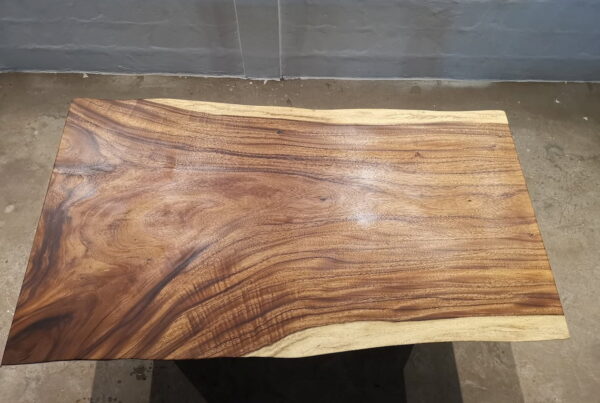If you’re decorating your living room with wooden tables, there are several pieces of furniture that go well with them. Here are some tips for mixing and matching wood tones: Choose woods with similar grain patterns or rustic tones. These woods have a natural beauty that adds a rustic touch to any room.
Living room furniture that goes well with wooden tables
Living room furniture that goes well with wooden tables is easy to find and can give your living room a classic, yet contemporary look. You can also add a root coffee table with a glass top to accent your modern decor.

If you are looking for something a little more edgy, this table has a postmodern feel and is sure to be a conversation piece.
Tips for mixing wood tones
Using pieces with similar finishes will help you create a harmonious combination. This tip can also help you avoid common mistakes like mismatching. When mixing wood tones, look for pieces with similar finishes. You can also combine pieces with different tones in one room to create a cohesive look.
Choosing the right undertone for your wood tables is crucial to bringing the entire room together. Wood undertones can be neutral, warm, or cool. Regardless of the tone you choose, try to match the dominant tone of wood in the room.
Choosing woods with similar grain patterns
If you’re building a wooden table, choosing woods with similar grain patterns is a good way to avoid problems with warping or splintering. For example, if you’re building a large slab table, you might want to use a wood with a similar color and grain pattern. You can also choose a wood with a similar color and pattern if you’re aiming for a simple, sleek design.
There are two main wood types: open and closed-grain wood. The former has larger pores, while the latter is smaller and more open. The grain pattern of the two types of wood is what determines the texture and finish.
Choosing woods with rustic tones
When choosing a wood for your wooden table, consider woods that have rustic tones. These woods have a natural texture and grain pattern that adds to their rustic appearance. You can choose a darker or lighter wood, depending on the look you’re going for. You can also opt for lighter woods, such as Bleached Maple Mini or Ash Gallery. Both of these types have a natural texture and grain pattern that highlights their craftsmanship and provide a classic look.

Choosing a color to complement your primary color
If you want to paint a wooden table with a complementary color, you should first decide which color family the furniture belongs to. Generally speaking, wood furniture comes in either a warm or a cool base color. If you are not sure which color is more complementary to your primary color, you can consult a color wheel to find out.
For instance, a dark red wood will look better with a dark red background. Similarly, a medium brown color with a dark blue undertone will be a restrained look.
The LTJ Arbor offer
We at LTJ Arbor make use of salvaged and sustainably grown wood from local neighborhood trees. The coffee table is hand-coated with oil finish using an antiquated Oriental process, but the dining tables are completed using a new technique of high gloss epoxy resin coating for outdoor use.



![The many uses and benefits of resin tables [part 2]-22](https://ltjarbor.com/wp-content/uploads/2022/01/The-many-uses-and-benefits-of-resin-tables-part-2-22-e1642739105272-600x403.jpg)

